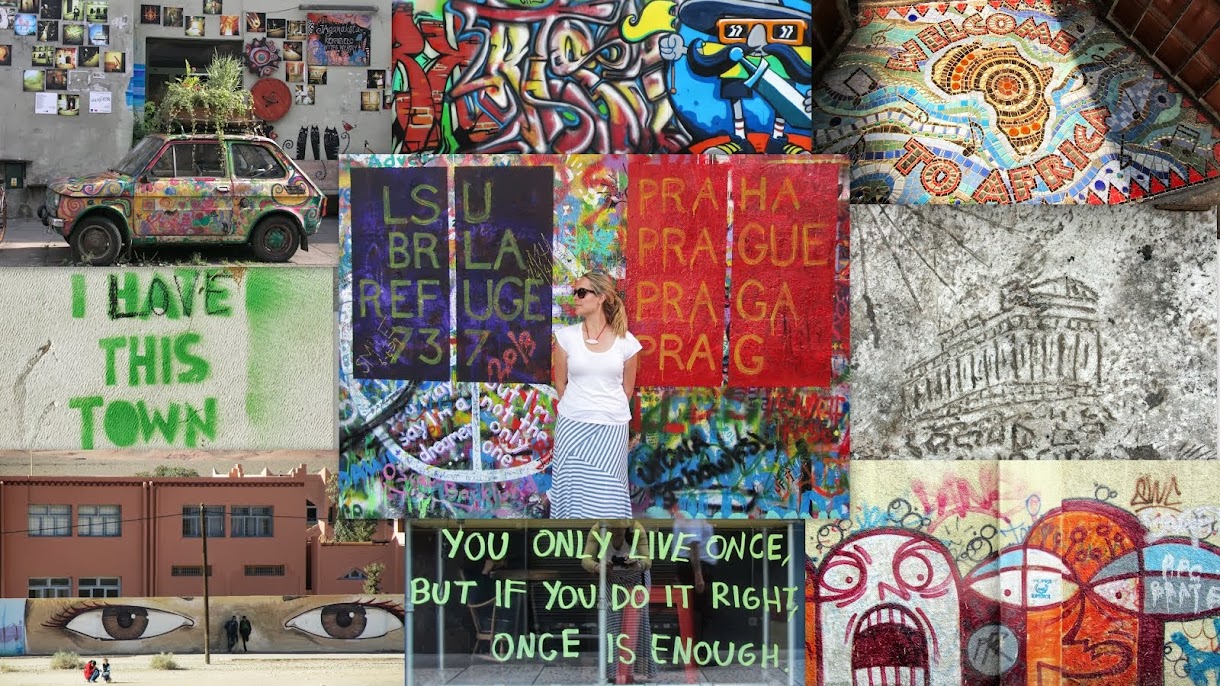I may have once mentioned I paid less than no attention in history class. My eyes glazed over when trying to read textbooks filled with ancient dates of boring facts that happened in far away lands. History was not my thing. I had no interest in learning about events that were not at all relatable. And I had the grades to prove it, much to my parents' dismay.
It's amazing what age and travel can do to broaden the mind and create a yearning desire to see, smell, touch and learn more about the places and events that are mentioned in those dry history books of my youth.
Angkor being a prime example.
So let's let the dry words of Wikipedia (my now go-to history book, regardless of its potential inaccuracies... because, let's face it, not being in grade school anymore means using whatever resource you'd like) lay out the brief history:
It's amazing what age and travel can do to broaden the mind and create a yearning desire to see, smell, touch and learn more about the places and events that are mentioned in those dry history books of my youth.
Angkor being a prime example.
So let's let the dry words of Wikipedia (my now go-to history book, regardless of its potential inaccuracies... because, let's face it, not being in grade school anymore means using whatever resource you'd like) lay out the brief history:
Angkor (Khmer: អង្គរ or នគរ, "Capital City")[1][2] is a region of Cambodia that served as the seat of the Khmer Empire, which flourished from approximately the 9th to 15th centuries. Angkor had been the largest pre-industrial city in the world, with an elaborate infrastructure system connecting an urban sprawl of at least 1,000 square kilometres (390 sq mi) to the well-known temples at its core.
In Angkorian times, all non-religious buildings, including the residence of the king himself, were constructed of perishable materials, such as wood, "because only the gods had a right to residences made of stone."
The temples of the Angkor area number over one thousand, ranging in scale from nondescript piles of brick rubble scattered through rice fields to the magnificent Angkor Wat, said to be the world's largest single religious monument. Angkor Wat [being] first a Hindu, then subsequently a Buddhist, temple complex in Cambodia and the largest religious monument in the world.









1 comment:
I didn't know they had pre-industrial urban sprawl. Impressive square kilometers.
Post a Comment